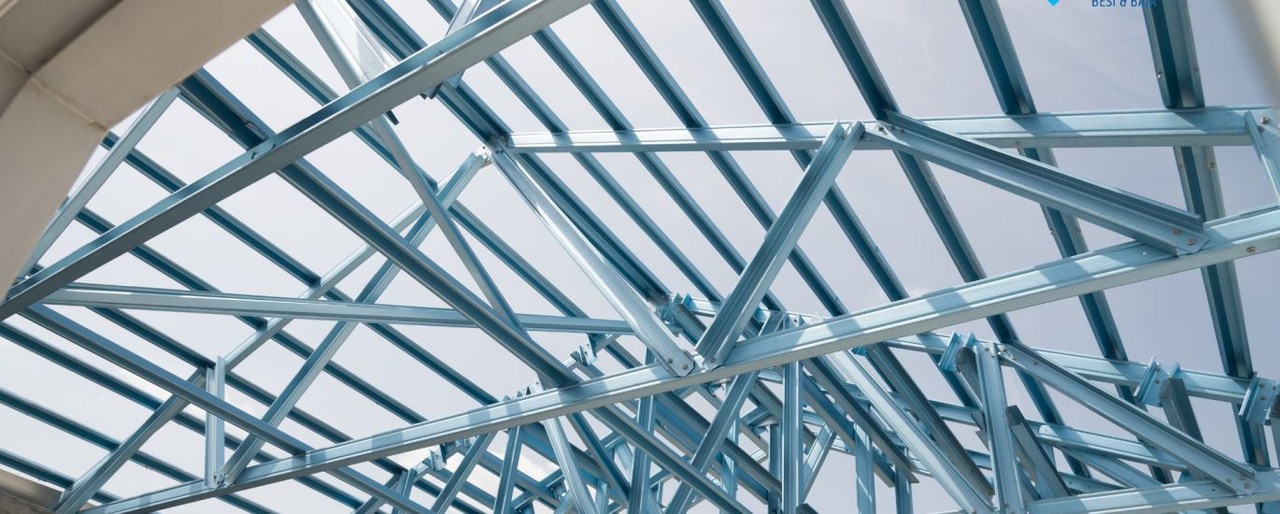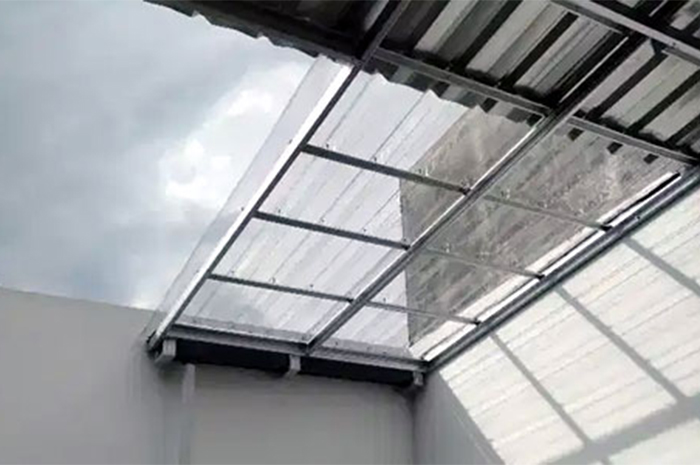Beranda > Artikel
Careful Tips for Renovating the Roof of the House

Instead of bothering with a leaky roof every rainy season, let's follow the 7 effective steps below! Guaranteed, your roof will not leak again throughout the season. Leaking roofs sometimes sound easy to repair, but prevention is the best option before disaster strikes. If we keep waiting for a leak to occur to take action, little by little our roof will be eroded by the water. Roofs that are eroded by water will eventually become brittle, and roofs that are porous are at risk of collapsing. To deal with this, we have a perfect solution for a leak-proof roof. Read more!
Causes of a Leaking Roof & What To Do?
- Roofs that are rarely checked: Checking the roof is very important because from here we can find out the cause of the leaking roof of the house.
- Not smooth drains: Clogged drains can cause pooling of water on the roof of the house, this will lead to moisture in the wooden roof and leaks.
- Damaged tile coating: Flashing or tile coating material serves as a protective layer of tile from dust and water. This layer is easily eroded by extreme weather.
- Damaged membrane: A membrane that functions as a roofing material for protection from wind, rain, and hot temperatures. Water will easily flow in if the roof membrane of your house is damaged.
- Leaking pipes: Pipes attached to the roof of the house have adequate protection. Thin pipe guards can easily penetrate water.
- Damaged / displaced tiles: Extreme weather can shift the arrangement of the tiles and damage their resistance to water and heat, so rainwater will easily flow in.
How to Overcome a Leaking Roof:
1. Perform Routine Checks
The points that are prone to leaking on the roof of the house are found in water lines and pipes that are already leaking or damaged. Identifying problems at the points above is also not easy, especially during the rainy season where water is still flooding the roof of the house and closing the leaking points. Make sure you pay closer attention to the areas above. If it looks eroded or damaged, even if the damage is relatively small, immediately take repair action before a leak occurs. Leaks in the ceiling of the house do not always start from the area directly above the leak point. Therefore, it is necessary to carry out a thorough routine inspection, especially during the rainy season.
2. Check the Perimeter of the Leaky Roof at Home
After checking the drains and gutters, check the completeness of the roof of the house and all sides. Check the leak-proof coating on the house tile and check if your roof membrane is still tightly closed. Look for areas that are torn and hollow, where rainwater can easily flow in. Don't forget to check for mold growing around the roof. The reason is, fungus will only grow in damp areas. Where there is mold growing, the leak point will definitely not be far away.
3. Make sure the roof is always clean and free from puddles
Stagnant water on the roof of the house is one of the many causes of leaking roofs. This is why we have to clean drains and gutters so that our roofs are free from water clogging. We should also make this cleaning activity a habit in caring for and maintaining the overall cleanliness of the house. Especially if you have a shady tree that grows taller than the roof of the house. Falling leaves can clog drains quickly in the rainy season.
The right time to clean the drains and gutters is every two months.
4. Air Vent
A roof that is too damp is one of the causes of leaks during the rainy season. To avoid a porous roof, make sure your house has a good air circulation system. Build a window or hole in the side of the roof or under the tile so that the space in the roof frame remains dry. You don't need to build a vent that's too big. Build with a medium size, so air circulation remains smooth and rainwater cannot enter through the hole.
5. Check and Repair the Caulking Area
Roofs that are frequently repaired sometimes have many areas of caulking that have been covered by a leak-proof coating. This putty is indeed fairly waterproof and can withstand bad weather. However, over time, your roof putty can also be eroded by water, which will form small pores and make it easier for rainwater to seep in. Pay special attention to the sealant or putty areas along the roof flashing. Replacing and re-caulking some problem areas is also a good and inexpensive solution. Replace and repair immediately, don't wait for it to leak to repair your roof.
How to Fix Leaks: Roof Accessories
In addition to the tips above, there are other ways to deal with leaks. One of them is to equip the roof with leak-proof accessories. Here are the leak-proof roof accessories that you need to have in your home:
- Double tile: The function of double tile is to block water from seeping into the ceiling. With two tiles, water will flow to the bars, and if something seeps, it doesn't directly hit the roof in the house.
- Gutters: This accessory is needed to drain water that falls to the ground and does not settle on the roof.
- Side hood cover: This accessory is the most important because it serves to hold water to seep into the tile. Each side is covered by a layer of leak-proof paint.
 Bahasa Indonesia
Bahasa Indonesia  Inggris
Inggris
 Bahasa Indonesia
Bahasa Indonesia  Inggris
Inggris
 Instead of bothering with a leaky roof every rainy season, let's follow the 7 effective steps below! Guaranteed, your roof will not leak again throughout the season. Leaking roofs sometimes sound easy to repair, but prevention is the best option before disaster strikes. If we keep waiting for a leak to occur to take action, little by little our roof will be eroded by the water. Roofs that are eroded by water will eventually become brittle, and roofs that are porous are at risk of collapsing. To deal with this, we have a perfect solution for a leak-proof roof. Read more!
Instead of bothering with a leaky roof every rainy season, let's follow the 7 effective steps below! Guaranteed, your roof will not leak again throughout the season. Leaking roofs sometimes sound easy to repair, but prevention is the best option before disaster strikes. If we keep waiting for a leak to occur to take action, little by little our roof will be eroded by the water. Roofs that are eroded by water will eventually become brittle, and roofs that are porous are at risk of collapsing. To deal with this, we have a perfect solution for a leak-proof roof. Read more!





